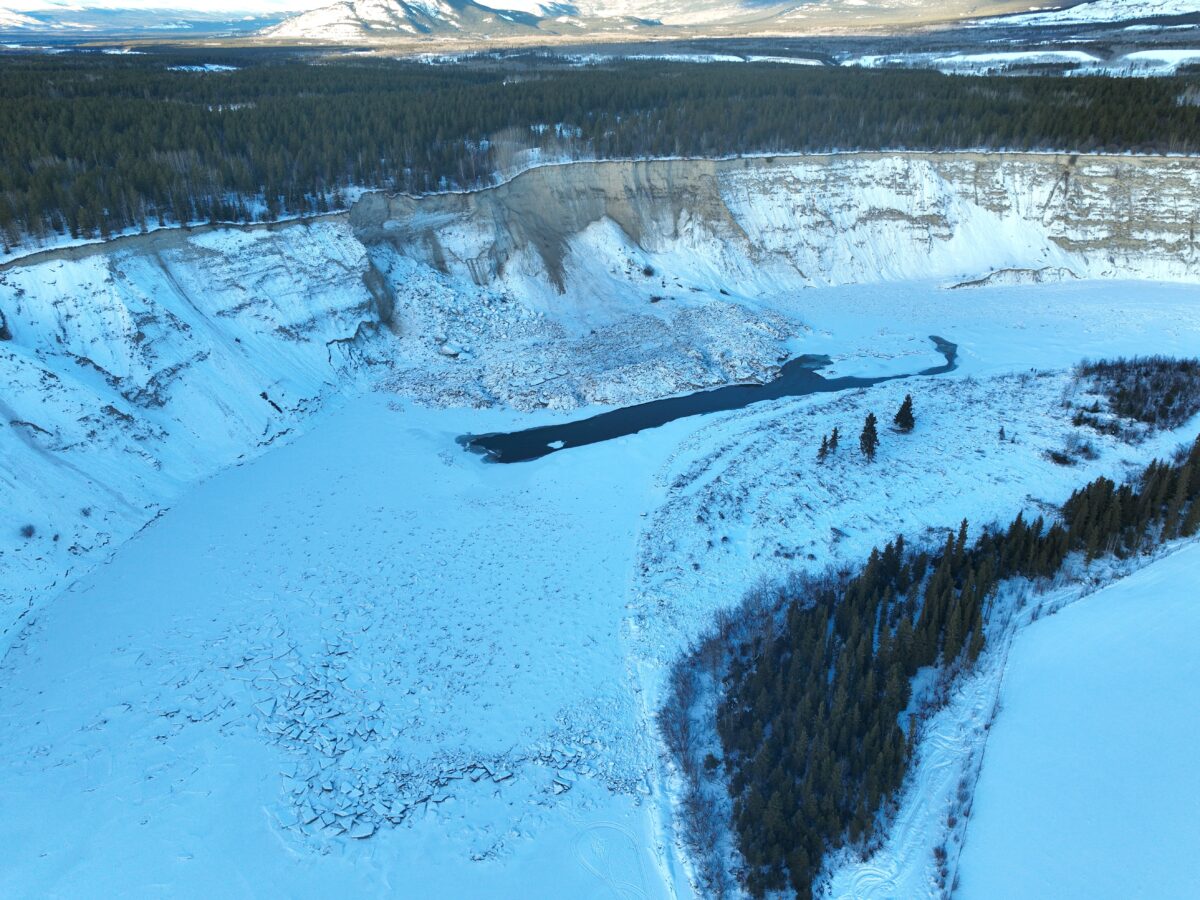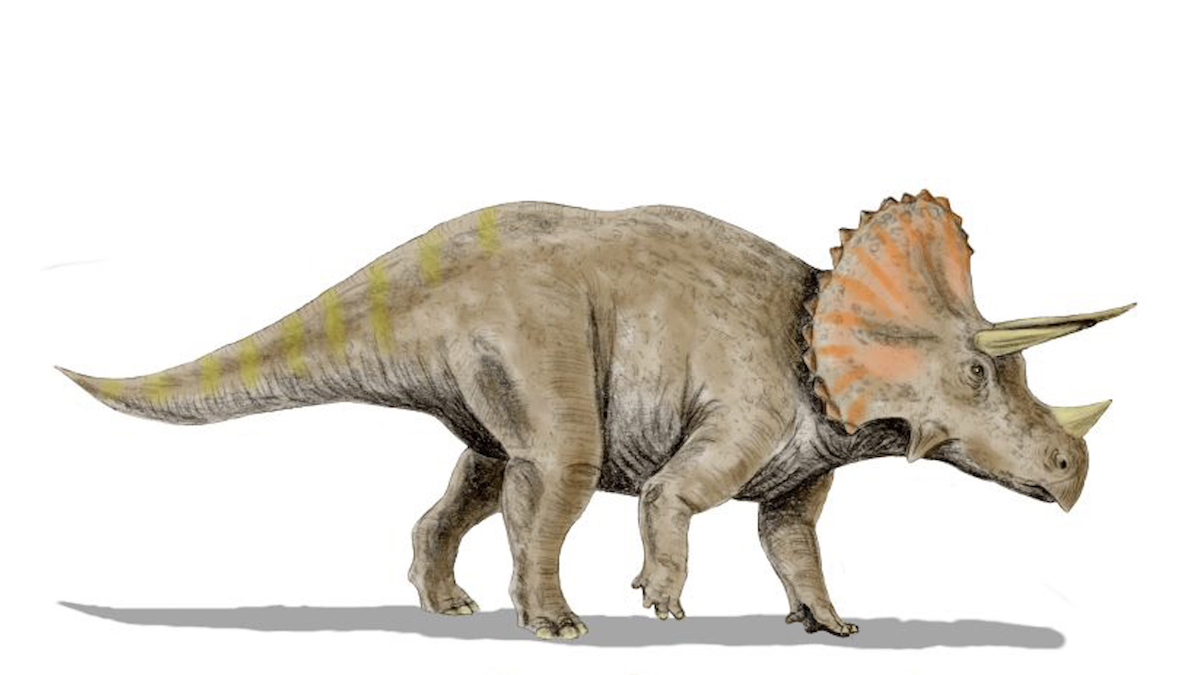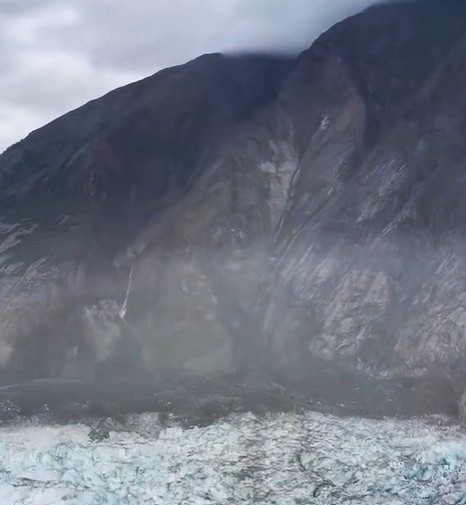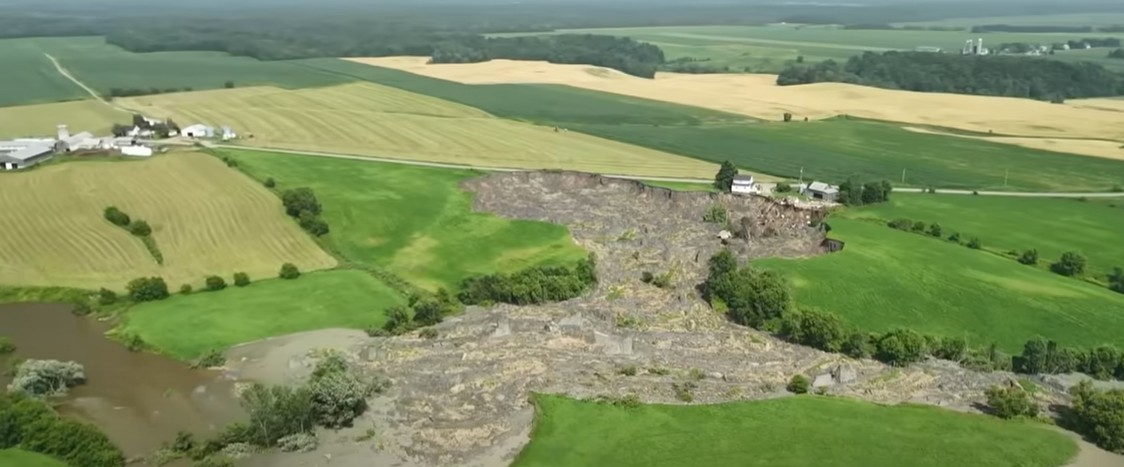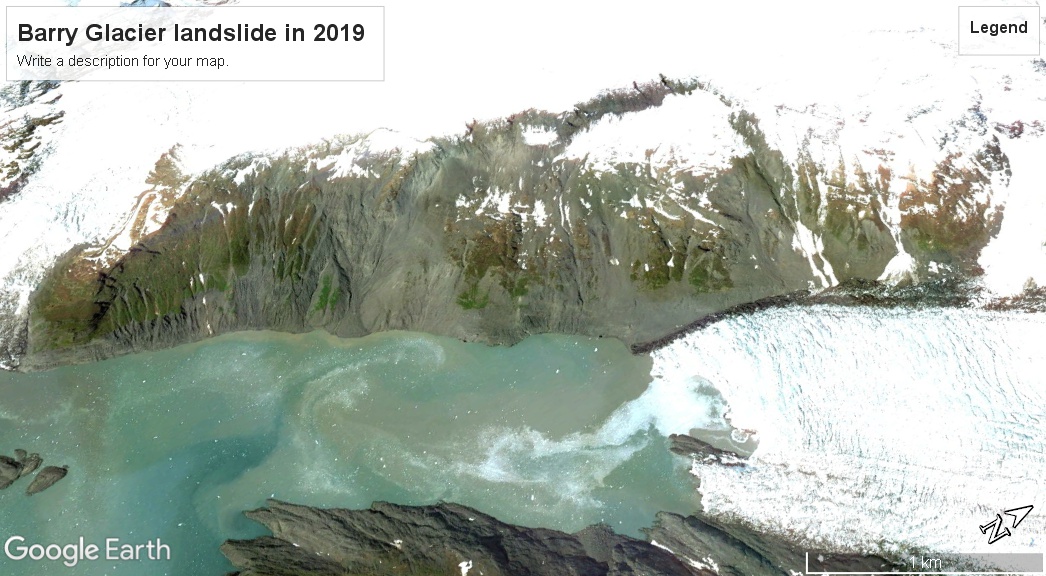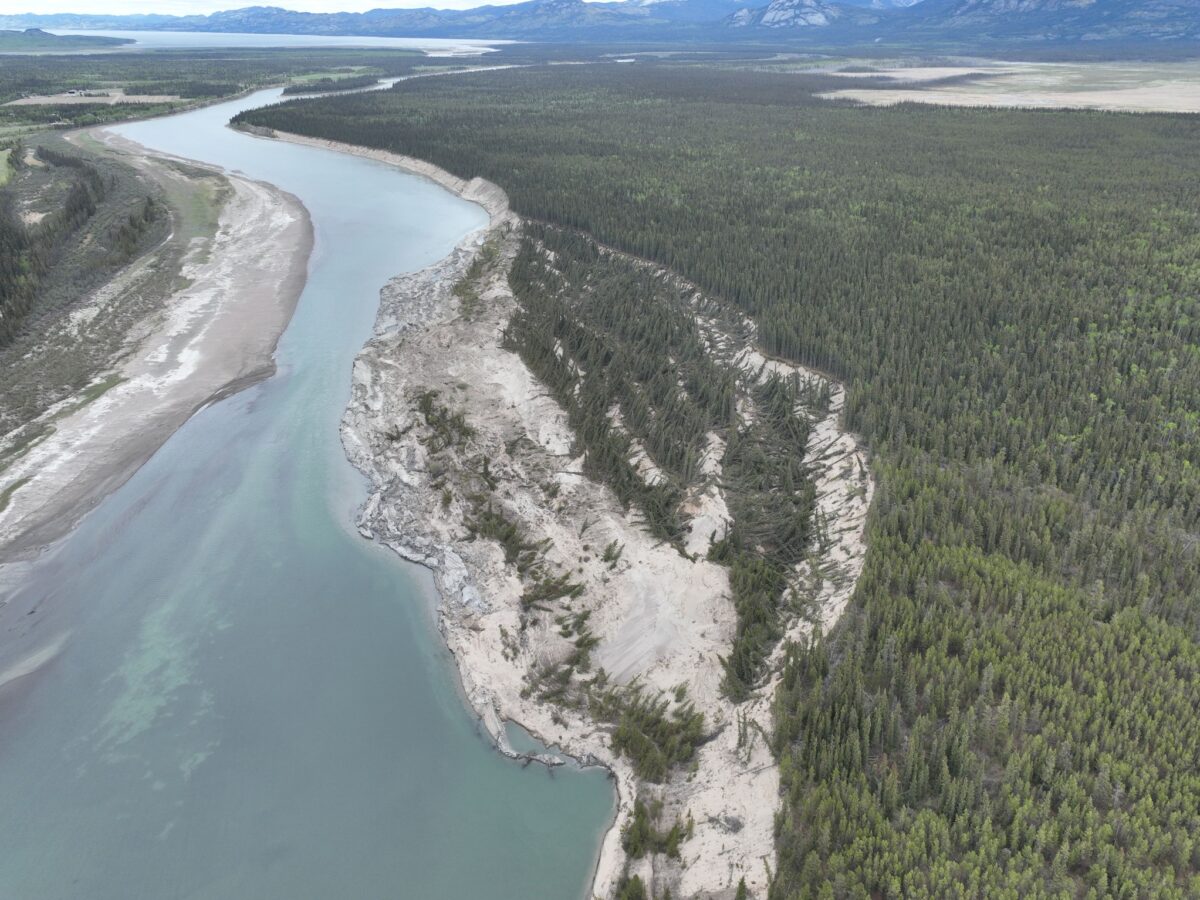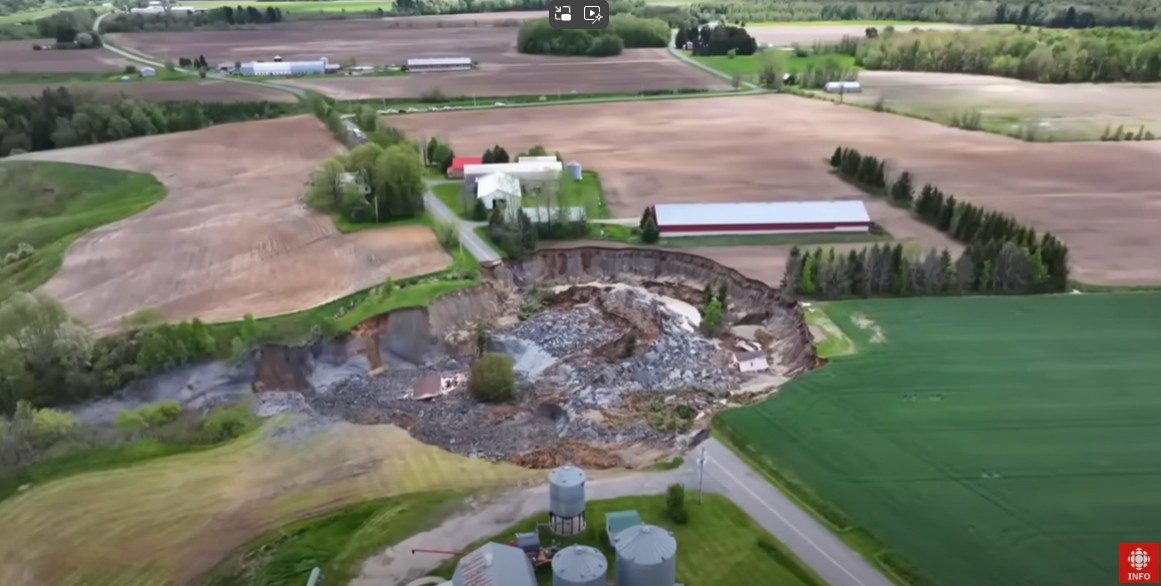A major slope collapse in frozen sediments in Canada highlights the role of progressive failure. Back in January of this year, I posted fascinating a piece by Derek Cronmiller of the Yukon Geological Survey about the 17 December 2024 Takhini River landslide and river-ice tsunami, which occurred in Whitehorse, Yukon, Canada. The location of this […]
North America
Move Over, Beavers. Dinosaurs Might Also Have Been Nature’s Engineers
Late Cretaceous dinosaurs may have cut back vegetation, creating large floodplains. When the asteroid hit, those floodplains became forests, a new study argues.
Updates from the Alaska Earthquake Center regarding the 10 August 2025 landslide
The location of this major event has now been identified. It was a major rock slope failure that ran out across the South Sawyer Glacier. The Alaska Earthquake Center has now provided a detailed update about the 10 August 2025 landslide that occurred in the area of Tracy Arm. This work has been led by […]
The 15 July 2025 quick clay landslide at Portneuf in Canada
A quick clay landslide in the Quebec region has destroyed most of a farm and a local road. Over the next few days I will try to bring the blog up to date with some of the major landslides that have occurred whilst I have been on leave. To start, on 15 July 2025 an […]
Landslides during periods of glacial retreat in Alaska
An excellent new paper (Walden et al. 2025) examines the occurrence of accelerated movement in rock slope landslides in Alaska as adjacent glaciers melt. The exceptional temperatures in recent days in both North America and Europe has once again highlighted the rate at which the climate is changing in response to anthropogenic increases in greenhouse […]
Images of the May 2025 Yukon River landslide
Derek Cronmiller of the Yukon Geological Survey has provided a stunning set of the images of the fascinating recent failure that partially blocked the Yukon River. Following my post yesterday about the May 2025 landslide on the Yukon River, Derek Cronmiller, who is head of Surficial Geology at the Yukon Geological Survey kindly made contact […]
A large landslide on the Yukon River in Canada
In May 2025, a 950 m wide landslide occurred on the banks of the Yukon River in Canada. A few days ago, the Yukon Geological Survey posted some information to its Facebook site regarding a large landslide that has occurred on the banks of the Yukon River close to Burma Road. This was the information […]
The 21 May 2025 quick clay landslide at Sainte Monique in Quebec, Canada
The Landslide Blog is written by Dave Petley, who is widely recognized as a world leader in the study and management of landslides. On 21 May 2025, a family lost their home to a quick clay landslide in Sainte Monique, to the northeast of Montreal in Quebec, Canada. Radio-Canada Info has posted to Youtube some […]
Strange Branching of Water Flows Through Rivers and Lakes
Sometimes rivers split into branches in unusual ways, reflecting the complexity of Earth’s water system on land and how much we still must learn about it.

